Do You Have to Let It Linger? Dealers Struggle With Old Stock During a Season of Renewal

Spring might be a time of renewal, but fall is generally when old gives way to new on dealer lots. Not necessarily, though. If the “new” 2017 Fiat 124 Spider I recently spotted against a backdrop of 2018 Ram 1500s on my local FCA lot is any indicator, some brands have a tough time turning over a new leaf, so to speak. (Fiat’s problem is especially grim compared to other brands.)
Bloated inventories, scattered new model introductions, and a fickle buying public have made “new car season” less apparent than ever, and the problem seems to be growing worse.
According to Bloomberg, data from Edmunds shows a rising trend of old vehicles lingering on lots past their model year, creating a problem for those tasked with selling them.
In the fourth quarter of 2017, just 46 percent of new cars sold in the U.S. were new 2018 models, compared to 73 percent in the same quarter, 2007. Data from the first quarter of 2018 showed roughly 20 percent of new car sales involved a 2017 or 2016 model.
Though many automakers, including GM, have made efforts to lower their bulging inventories (Kelley Blue Book’s last check showed the industry at 66 days’ supply, down 3 days from last August), the industry-wide average remains higher than in the years following the recession, when a rising tide of American buying public stormed anxious dealerships in search of vehicles. New vehicle sales have plateaued, with analysts projecting fewer sales in the years to come. Still, projections are hit and miss. While Edmunds and Cox Automotive predict a better August than last year, we won’t know if that truly was the case until sales figures roll in later today.
Edmunds analyst Ivan Drury feels automakers haven’t yet received the message. “I don’t think they understand the gravity of the situation,” he said. “This is becoming a chronic, real issue.”
Dealers take a hit when left with old stock at model year turnaround time, especially if the newer vehicle is a refreshed model. The old vehicle eats up a spot on a lot that could be occupied by a more desirable vehicle that would sell in less time, and at a higher price. Dispatching old stock traditionally means big, big incentives. And that price tag lures eyes away from the newer, often unchanged models next to it.
Last December, roughly 20 percent of Nissan sales involved a 2018 model. The automaker resorted to throwing incentives at dealer sales staff in a bid to move the old metal. Interestingly, around the same time, Nissan declared an end to the long-held practice of chasing sales targets, later slashing incentives on its vehicles in an effort to boost profitability.
Across the industry, Audi and Subaru keep the trimmest inventories, leading to less model year overlap in late fall. Elsewhere, there’s the potential for big savings as desperate sales staff get ready to play Let’s Make a Deal. This author’s father once made a $4k profit trading in a two-year-old Jeep Patriot on a new, higher-trim model.
You have to wonder what that ’17 Spider ultimately sells for…
[Image: Nissan]

More by Steph Willems
Latest Car Reviews
Read moreLatest Product Reviews
Read moreRecent Comments
- HotPotato Honestly VW should have bought Canoo too -- the Canoo is a much better rendition of a modern VW van than the actual VW EV van, which is just a standard generic Euro delivery van disguised by a vintage 2-tone paint job.
- Tassos No, because I am not one of these idiot fanatics who buy a new model in its first year of production, bugs and all (not to mention they usually are charged a stiff premium over MSRP from their greedy Dealer-Stealer)
- HotPotato The Ariya's trim levels are so confusing that they should also hire a navigator to walk the customer through how to get the car they want. Or an online configurator where you check off the things you want and it leads you to whichever obscure version offers them (if GM can do it, why can't Nissan?). God help you if you have a simple request like "I just want the tan cloth interior and Bose, which model offers that?" The website can't help you and neither can the dealer; they're as confounded by the whole Ariya array as you are.
- Tassos So Tim believes that if you steal an item (here, CONDOMINIUM ASSOCIATION ELECTRICITY) priced less than a certain amount, you should be allowed to do so with no consequences. He is lucky some litigious Condo Board member did not SUE HIM. I bet they wanted to, but knowing he is destitute, their lawyer discouraged them from doing so.
- HotPotato Yup. I bought a 2013 Ford C-Max new. It was quiet, quick for a hybrid, economical, had a cavernous and well-finished interior with fold-flat seats for dogs, and rode and handled with the sophistication of a fine European sedan. Never mind that it was new to the US, it had been on sale for years in Europe so surely they had it right by now, no? No. There was the twice-annual dead battery (took them three years worth of TSBs to figure that out), the multiple safety and functionality recalls, the dysfunctional infotainment, the MPG scandal (twice), the front suspension that bottomed out on the gentlest dips, the transmission that failed due to a known defect, and by 30k miles the car had the torsional rigidity of a wet dishrag. This, I later learned, may have had to do with failed A-pillar welds, something they didn't bother informing owners about. All this probably had something to do with it losing 80% of its value by the time I traded it in a few years later...a value so low even the used-car lowball specialist went back to double-check it. I loved the car despite its many flaws but gawd, never again a first-year Ford.




















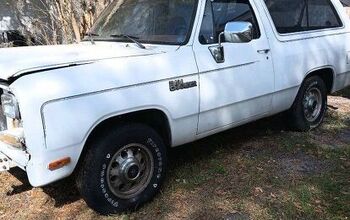

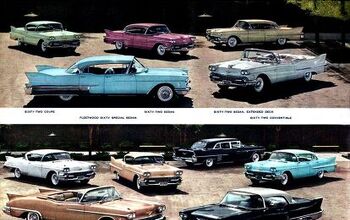
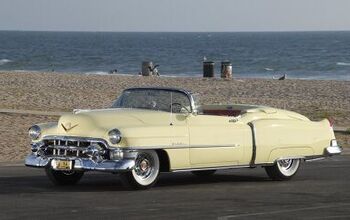



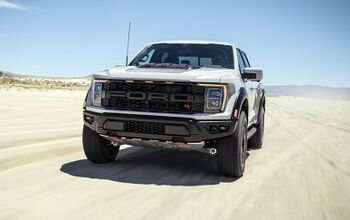
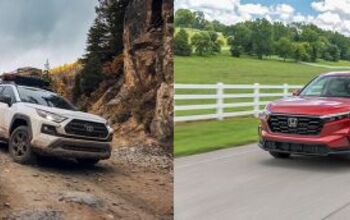




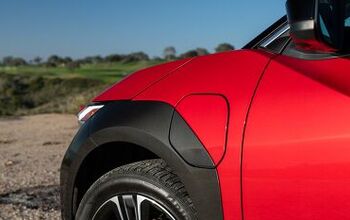
Comments
Join the conversation
Thanks for the earworm! Moo!!!
The 2018 GTIs didn't get released by VW until late January 2018. The R was even later. So here's a thought: Tesla doesn't have model year cars, do they? Neither do computer companies have model year computers. And of course the Tesla is a rolling computer, updated dynamically...